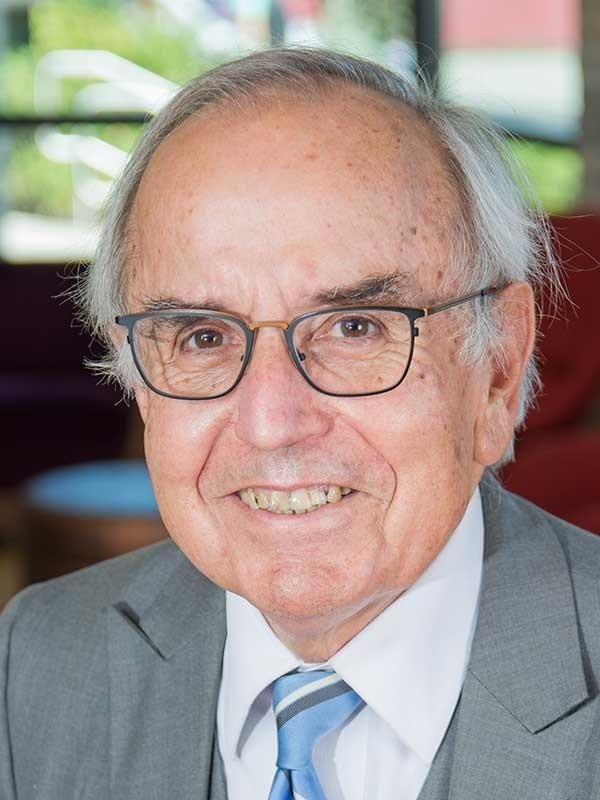
The Cuban Missile Crisis occurred more than a half century ago, but the lessons of that unique and terrifying event in the Cold War continue to resonate. If anything, contemporary complacency about the distinctive destructiveness of nuclear weapons makes reviewing this moment in history more important, not less.
During Oct. 22-28, 1962, the crisis dominated international public and media attention as Washington and Moscow sparred right on the edge of thermonuclear war. Lessons of the events include the exceptional difficulty of securing accurate intelligence, the unpredictability of developments, and the vital importance of tone and temperament as well as decisions at the top during a major crisis.
On Oct. 14, 1962, United States U-2 aircraft reconnaissance photos revealed the Soviet Union was placing offensive nuclear missiles in Cuba, despite contrary assurances. On Oct. 16, after thorough review and analysis, National Security Adviser McGeorge Bundy informed President John F. Kennedy.
Kennedy and his advisers spent a week debating options. On Oct. 22, 1962, he addressed the nation and stated the missiles must be removed. Until Soviet Premier Nikita Khrushchev agreed to withdraw the missiles on Oct. 28, Armageddon was only a misstep away.
Senior Kennedy administration officials, with the exception of independent CIA director John McCone, had assumed Moscow would never put long-range missiles into Cuba. They erroneously calculated Khrushchev and associates agreed the move would be just too risky.
Earlier, reconnaissance flights over Cuba were curtailed severely to avoid antagonizing Moscow, and were resumed only because McCone aggressively, adamantly pressed the matter. Analysis developed photographic evidence of the Soviet deception just before the missiles would have become operational.
However, there was already growing circumstantial evidence, including reports from reliable agents in Cuba, that something of this nature was underway. As with the Bush administration regarding invading Iraq, senior officials chose the evidence they preferred to believe.
At the start of the crisis, there was strong sentiment, especially among the Joint Chiefs of Staff, for a conventional air attack followed by an invasion of Cuba. JFK imaginatively decided instead on a naval quarantine as the U.S. first step.
Years after the crisis, surviving policy makers from Cuba, the Soviet Union and the U.S. initiated a series of meetings, which have revealed important new dimensions and insights. Soviet commanders already had shorter-range nuclear armed missiles in Cuba, and at least for a time authority to use them in the event of an American invasion of the island.
Soviet submarine commanders had nuclear-armed torpedoes. The important book by Michael Dobbs, "One Minute to Midnight," documents an occasion in which the commanding officer of a Soviet sub nearly launched one against the harassing U.S. Navy ships.
Bundy’s history of the nuclear age, "Danger and Survival," published a quarter century after the crisis, revealed JFK privately accepted while publicly rejecting a Soviet proposal for a Cuba-Turkey missile trade.
Throughout the crisis, Kennedy demonstrated calm open-minded engagement. He assembled a group that freely debated a wide range of options. When tensions mounted, the president would shrewdly suggest taking a break. The initial strong support for immediate military attack dissipated.
In 1961, an inexperienced JFK approved a flawed Cuba invasion plan strongly endorsed by the CIA and military, then mishandled developments. The Bay of Pigs disaster followed. Khrushchev concluded Kennedy was weak — a mistake.
Lessons of the crisis include importance of thorough, objective intelligence analysis, and communicating effectively with opponents. Then and now, strong U.S. presidential leadership is essential.
Arthur I. Cyr is a Clausen Distinguished Professor at Carthage College and author of "After the Cold War."
This article originally appeared on Santa Rosa Press Gazette: Remember Cuban Missile Crisis lessons
